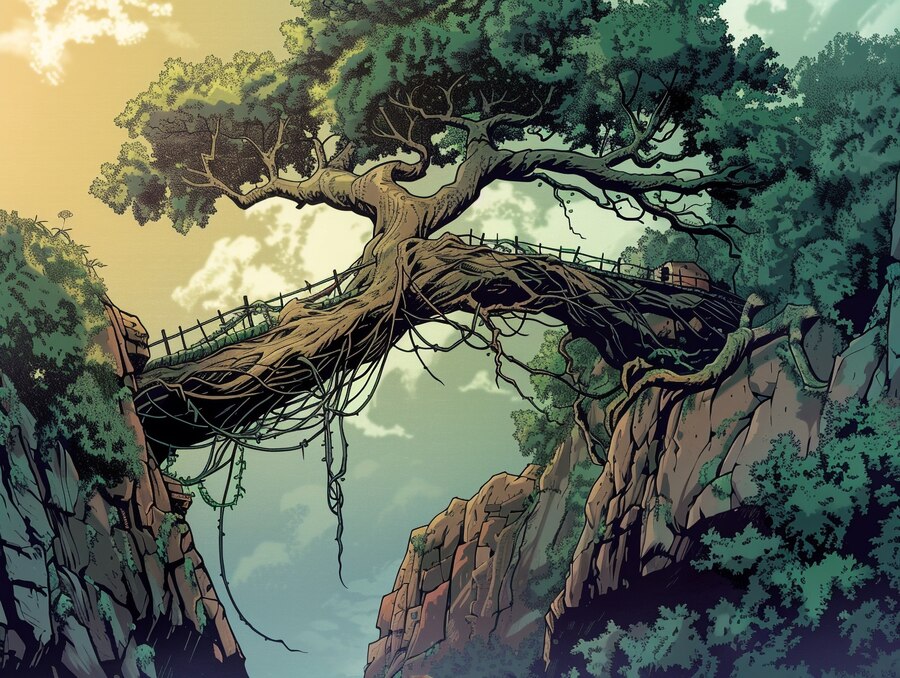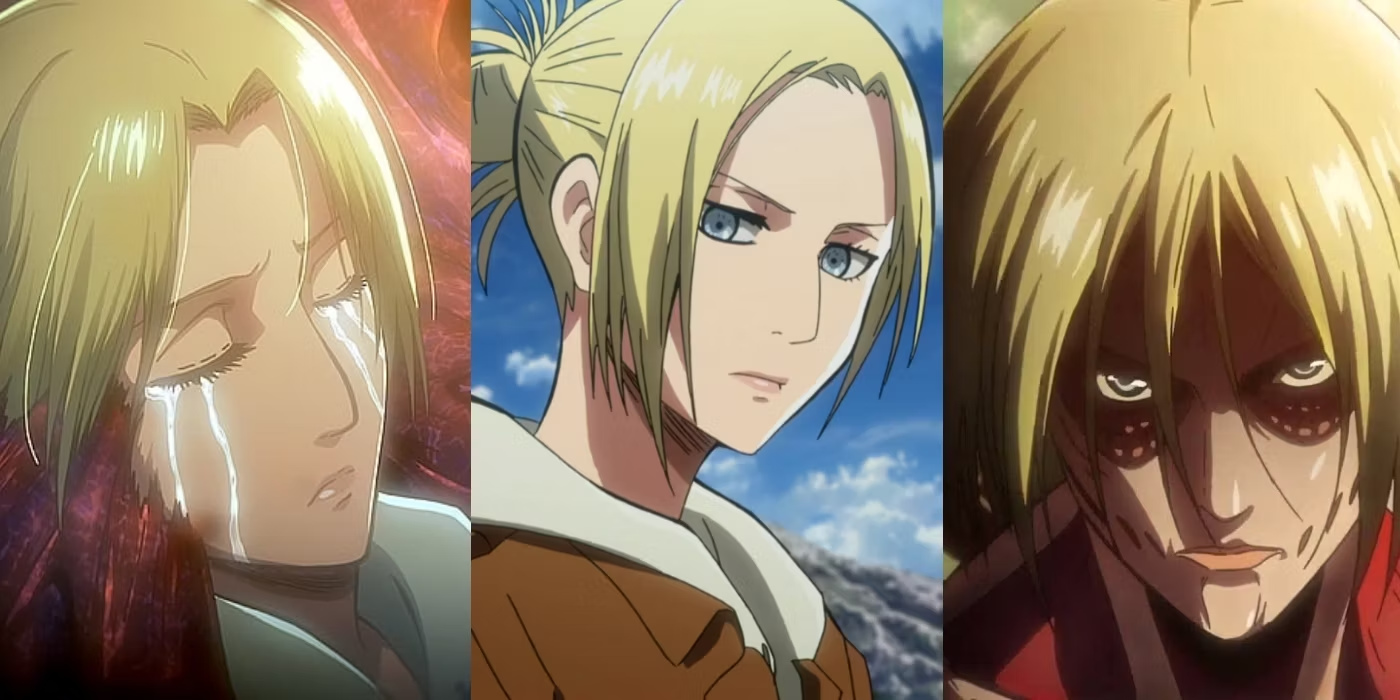Create Artistic Space With Primitive Tree Trunk In Naruto Puzzl
In the world of video games and interactive media, few brands stand out quite like the beloved franchise of “Naruto.” This notable series, which originated as a manga by Masashi Kishimoto, has evolved into an expansive anime, multiple movies, novels, and an array of video games. Among these games, Naruto offers unique challenges and experiences that allow players to immerse themselves in the vivid universe of ninja battles, deep friendships, and remarkable adventures. One such atmospheric experience can be crafted by incorporating a primitive tree trunk into your Naruto puzzle—a creative endeavor that blends artistry, nostalgia, and an exploration of nature.
Understanding Primitive Tree Trunks in Game Design
Game design embraces a variety of artistic styles and strategies to evoke emotion and engagement. One artistic element that has intrigued many players and designers alike is the primitive tree trunk. This natural element, with its raw simplicity and organic textures, serves as a powerful representation of nature and resilience, attributes embodied by the characters of Naruto.
>>> Buy now: Arizona Coyotes City Pride Unisex Shirts
Symbolism of Tree Trunks
Tree trunks often symbolize strength, resilience, and tradition. In many cultures, they represent the passage of time, wisdom, and roots that bind us to our heritage. In the “Naruto” series, themes of legacy and connection to one’s past resonate strongly, particularly through characters such as Naruto Uzumaki, who strives to forge his own identity while recognizing the weight of his lineage.
Artistic Expression Through Puzzles
Incorporating a primitive tree trunk in your Naruto puzzle design can enhance the overall artistry of the environment. It can evoke feelings of nostalgia during gameplay and provide players with a tranquil aesthetic while blending themes of nature and the ninja world. Here’s how one can creatively incorporate a primitive tree trunk into your Naruto puzzles, enhancing the overall gaming experience.
Steps to Create an Artistic Space Using Primitive Tree Trunks
1. Choose Your Puzzle Context
Before diving into the artistic nuances of tree trunks, consider the context in which the puzzle will take place. Selecting a geographical location from the Naruto universe will allow for a more immersive experience. Would it be set in the lush Hidden Leaf Village? The serene landscapes of the Land of Waves? Each of these locations can evoke different emotions and stories through their natural elements.
2. Incorporate Natural Elements
Incorporating other natural components alongside the primitive tree trunk will enhance its visual appeal and thematic resonance within the puzzle. Think about adding flowers, rocks, and even elements of the changing seasons, such as autumn leaves or snow. The contrast between the hardy tree trunk and the softer features of nature can enrich the artistic landscape.
3. Design the Trunk with Detail
The primitive tree trunk should not just be a simple round structure; it should be textured, rough, and exhibit characteristics that reflect its age and experiences. Use a variety of hues ranging from deep browns and mossy greens to lighter, weathered shades. Textures can include visible bark patterns, growth rings, and lichens that indicate the tree’s interaction with its environment over time.
4. Incorporating Naruto Elements
To tie in the Naruto theme, consider carving symbols or sigils into the tree trunk that reference the story. This could include the Uchiha clan symbol, the Hidden Leaf symbol, or even characters’ names. This unique blend of nature and storytelling will resonate with fans while creating a focal point for the puzzle.
5. Utilize the Trunk in Gameplay Mechanics
The primitive tree trunk can become a pivotal gameplay element. For instance, it could serve as a hiding place for characters during stealth missions, or objects hidden in its hollow may provide players with power-ups. By integrating mechanics that reflect the nature of the environmental features, players become more engaged in the world around them.
6. Create a Backstory
Every tree has a story, so why not develop a narrative surrounding the primitive tree trunk? Perhaps it was a place of training for generations of ninjas, or perhaps Naruto and his friends shared important life lessons beneath its branches. Incorporating a backstory gives players a deeper connection to the space and enhances their overall experience.
7. Play with Light and Shadow
The interplay of light and shadow can significantly affect the ambiance of the puzzle space. Consider how sunlight filters through the leaves or how reflections create a peaceful outlook around the tree trunk. Utilize lighting to evoke feelings of calmness or challenge, in line with the overall puzzle design.
Creating an artistic space using a primitive tree trunk within the Naruto puzzle experience is about more than just aesthetic appeal—it encapsulates the essence of storytelling, connection to nature, and the homage to the rich themes of resilience and tradition found within the Naruto universe. By thoughtfully considering context, natural elements, detailing, gameplay mechanics, developing a backstory, and manipulating light and shadow, designers can cultivate a space that not only pays tribute to the beloved franchise but also offers players a captivating experience steeped in artistry and nostalgia.
>>> Read more: Are Air Jordan Sneakers the Best Choice for Athletes? Performance Analysis
As players embark on their quests through this uniquely crafted world, they will not just encounter challenges and puzzles but will also find a deeper connection to the enduring legacy of Naruto—where every tree, including the primitive trunk, stands as a testament to the stories waiting to be told. In this vibrant tapestry of adventure and creativity, let the primitive tree trunk be both a muse and a guide, fostering a newfound appreciation for the art of gaming.



